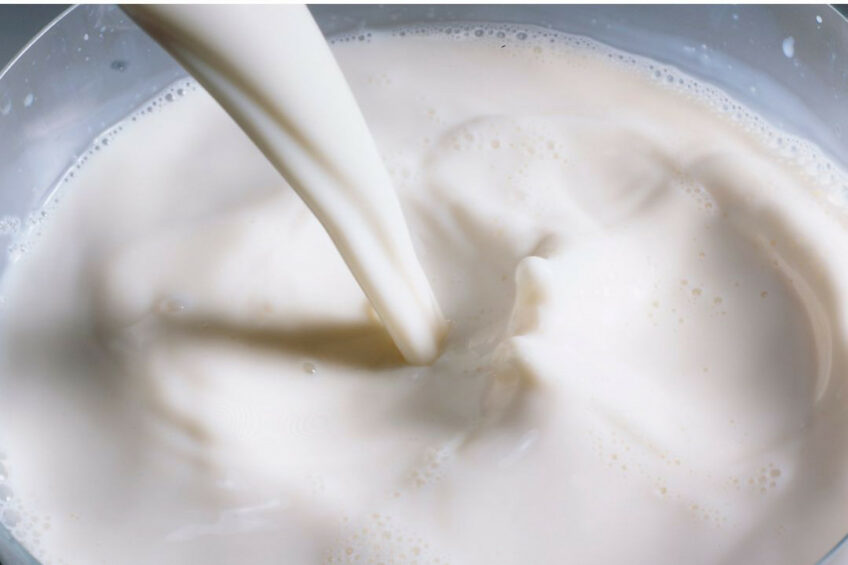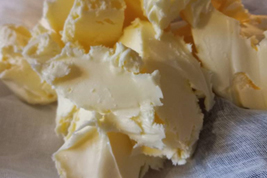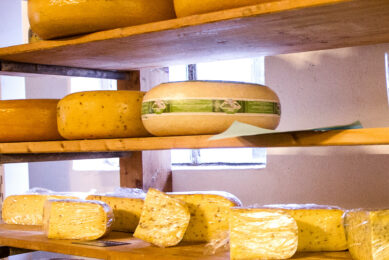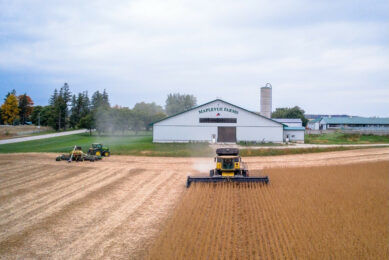First of its kind dairy processing plant in Alberta, Canada

By spring 2025, Alberta, Canada, will be home to a new $75 million (€50.4) ‘dewatering’ milk concentration facility, the first of its kind in the country.
The plant, which is represented by Alberta Milk, SaskMilk, Dairy Farmers of Manitoba and the BC Dairy Industry Development Council, will process milk from over 1,300 farmers and is being built in financial partnership with an agricultural analysis and lending company Farm Credit Canada.
The project is headed by an organisation called Dairy Innovation West. The organisation’s board chair, Henry Holtman, recently pointed out that the plant will provide jobs, cut raw milk transportation costs for farmers and reduce the industry’s environmental footprint.
Dewatering strategy
This ‘dewatering’ plant will be able to concentrate up to 300 million litres of milk a year. It will employ ultra-filtration to concentrate the milk, which can be used in a wide variety of products, including skim milk powder, cheese and butter.
According to local media, the concentration process dramatically reduces the number of trucks needed to transport milk products. Depending on the process requested, it is estimated that only one half to one quarter of trucks will be required, cutting transportation costs for producers and benefitting their bottom line.
Dairy farmers in central Alberta have had a shortage of milk processing capacity for some time, with some of their milk being trucked for processing as far as the next province, to southern British Columbia.
On-farm processing

Some farms in Canada (especially in Ontario) and the US have invested in their own on-farm milk processing plants. They sell milk, chocolate milk, butter and more directly to consumers and/or supply local stores.
The owners of Stauffer Dairy in Washington State recently noted that the future of small farms lies in on-farm processing and diversification. While they’ve been part of a dairy cooperative, the Stauffers noted recently that “on-farm processing empowers us to break free from the limitations of cooperative structures, allowing us to sell our products directly to friends and family”.
The Stauffers are setting up butter processing facility, “for greater control over our products, marketing strategies, and ultimately, how we are compensated for our hard work”.
Other types of diversification
On-farm processing is only one way that dairy farmers are diversifying to handle high feed costs, low milk prices, risks of drought and more. As recently reported in the US, Dr Marin Bozic, a dairy marketing economics expert at the University of Minnesota, believes many traditional dairy farms will add more revenue streams in the years to come. “We are already seeing elements of this conversion on some farms, and innovation will allow more to follow,” he said.
Join 13,000+ subscribers
Subscribe to our newsletter to stay updated about all the need-to-know content in the dairy sector, two times a week.










